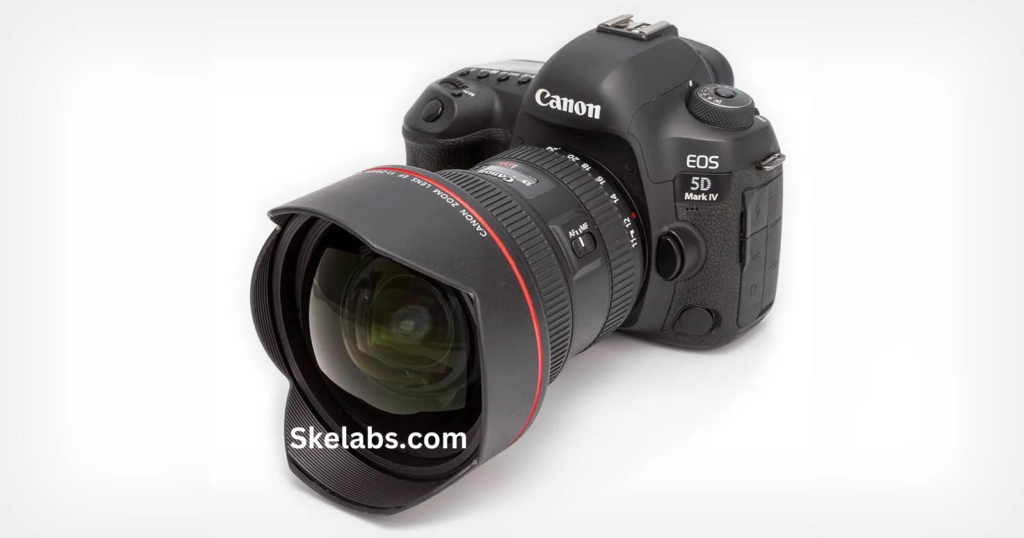Introduction
In the world of photography, acronyms and technical jargon often leave newcomers bewildered. One such abbreviation that frequently pops up in conversations about cameras is DSLR. DSLR, which stands for Digital Single-Lens Reflex, represents a specific type of camera that has revolutionized the way we capture images. In this article, we will explore the full form of the DSLR and delve into its significance in modern photography.
Understanding the Full Form: DSLR
Digital: The “D” in DSLR stands for “digital,” indicating that these cameras use digital sensors to capture images. Unlike their film counterparts, digital cameras record images electronically on an image sensor. This transition from film to digital has been a game-changer in photography, offering advantages like instant review, easy editing, and the ability to shoot a large number of photos without changing rolls of film.
Single-Lens: The “S” in DSLR stands for “Single-Lens,” highlighting a key design feature of these cameras. A DSLR employs a single lens for both viewing and capturing images. This design ensures that the image you see through the viewfinder or LCD screen is precisely what the camera will capture when you press the shutter button. This optical accuracy is a significant advantage of DSLRs, making them a preferred choice for professionals and enthusiasts.
Reflex: The “R” in DSLR represents “reflex,” which refers to the camera’s internal mirror mechanism. When you press the shutter button on a DSLR, the mirror inside the camera flips up to allow light to reach the image sensor. This mirror movement is what gives DSLRs their distinctive “click” or “clack” sound. The reflex mechanism also enables interchangeable lenses, which means you can switch between different lenses to achieve various photographic effects.

Significance of DSLRs in Modern Photography
Image Quality: DSLRs are renowned for their exceptional image quality. The combination of a large image sensor and high-quality lenses allows for sharp, detailed, and noise-free photographs, even in challenging lighting conditions.
Creative Control: DSLRs offer a high degree of creative control to photographers. With manual settings for exposure, focus, and aperture, photographers can fine-tune their shots to achieve the desired effects. This flexibility is especially crucial for professionals who need to adapt to diverse shooting scenarios.
Interchangeable Lenses: One of the most significant advantages of DSLRs is the ability to use interchangeable lenses. This feature allows photographers to choose lenses tailored to specific purposes, such as wide-angle, telephoto, or macro photography. It opens up a world of creative possibilities and is a key reason why many professionals opt for DSLRs.
Optics: The optical viewfinder in DSLRs provides a clear and accurate representation of the scene, enabling precise framing and composition. This feature is particularly valuable when shooting in bright sunlight or fast-moving subjects, where electronic viewfinders may struggle.
Durability: DSLRs are known for their robust build quality, making them suitable for demanding conditions and extensive use. They can withstand rough handling, dust, and moisture, making them the preferred choice for photographers who work in challenging environments.
Conclusion
In the world of photography, DSLR is more than just an acronym; it represents a technological leap that has transformed the way we capture and perceive images. Digital Single-Lens Reflex cameras offer unparalleled image quality, creative control, and versatility, making them a top choice for professionals and serious enthusiasts. So, the next time you come across the term DSLR, remember its full form and appreciate the significance it holds in the art and science of photography.
FAQs
What does DSLR stand for?
DSLR stands for “Digital Single-Lens Reflex.”
How does a DSLR camera work?
A DSLR camera uses a mirror mechanism to reflect light from the camera’s lens into an optical viewfinder. When you press the shutter button, the mirror flips up to allow light to reach the image sensor, capturing the photograph.
What are the advantages of using a DSLR camera?
Superior image quality
Interchangeable lenses for versatility
Precise optical viewfinder
Manual control over settings
Durability and build quality
Compatibility with a wide range of accessories
Are DSLRs only for professional photographers?
No, DSLRs are suitable for a wide range of photographers, from beginners to professionals. They offer a learning curve for beginners but can be an excellent tool for anyone looking to improve their photography skills.
What is the difference between a DSLR and a point-and-shoot camera?
DSLRs generally offer better image quality, manual control over settings, and the ability to use interchangeable lenses, whereas point-and-shoot cameras are more compact and user-friendly.
What types of photography are DSLRs best suited for?
DSLRs are versatile and can be used for various types of photography, including portrait, landscape, macro, sports, wildlife, and more. Their flexibility makes them suitable for many different situations.
Related Article:
Choosing The Right Photography Lighting Equipment
